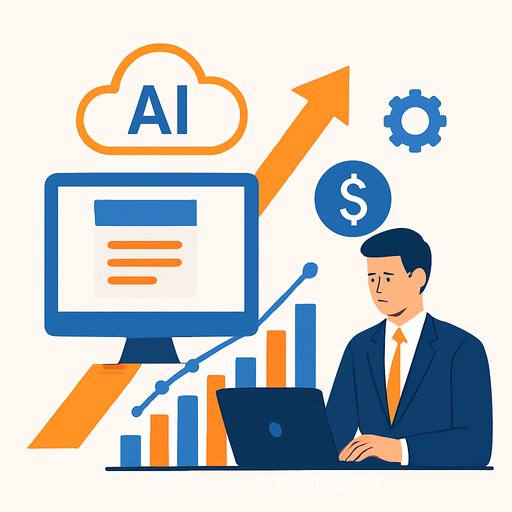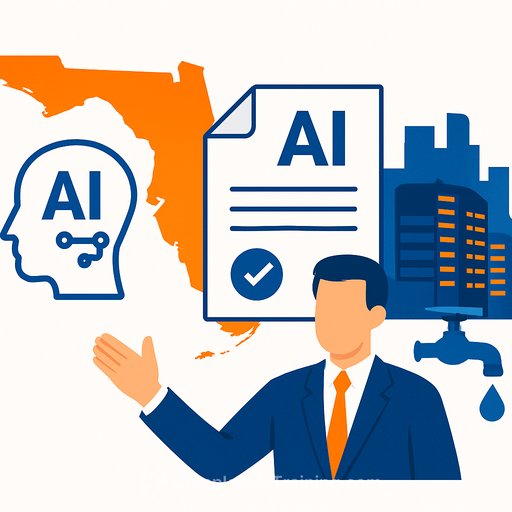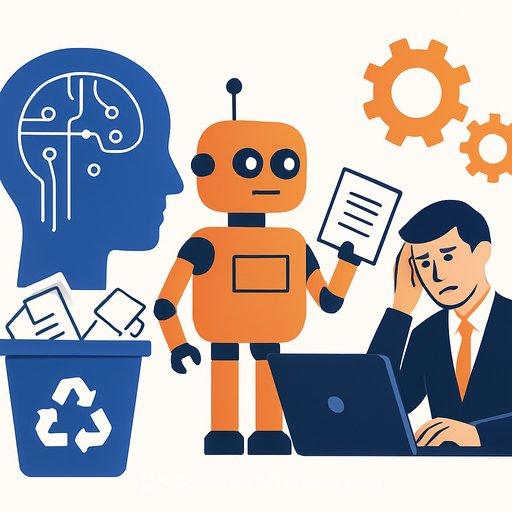The AI-Driven Risk Shift
Personal exposure, business risk and tech threat are now the same problem. Your voice can be cloned. Your smart home can be breached. Employees can paste confidential data into AI tools without thinking.
The question has changed from "Am I covered?" to "Am I covered for the right risks?" In this era, your own people can be the biggest cyber variable - and your insurance must catch up.
The Executive Risk Gap
There's a widening gap between what leaders believe is covered and what actually is. Many assume D&O, umbrella and cyber policies protect against litigation, reputation hits and data loss.
Most policies stop at the boardroom. They rarely extend to you personally, your family or AI misuse. Personal coverage often misses luxury smart tech, digital identity theft and voice-clone fraud - leaving even family offices with eight-figure exposure.
Shadow AI: The Internal Threat
Employees use AI to write emails, summarize meetings and analyze data. In the process, they can upload sensitive financials, client lists and trade secrets into public tools. Microsoft reports heavy "bring your own AI" use without company oversight.
Microsoft's Work Trend Index points to the scale of the issue. Shadow AI is unmonitored, unregulated and, in many cases, uninsured.
Policies Written Before GenAI
Many policies don't mention AI at all. Some carriers now add exclusions that deny AI-related losses unless specifically endorsed. That's like denying a crash because the car was blue and the policy didn't say "blue."
Coverage should be triggered by the harm - bodily injury, property damage, defamation, discrimination or privacy violation - not the tool used. Ambiguity turns into uncovered loss.
Where AI Exposure Hides
- Hiring (EPLI): If an algorithm screens out protected groups, discrimination claims follow. Your EPLI must recognize AI-driven decisions.
- Marketing (Media/Cyber): AI content can misstate a competitor or mishandle personal data. You need inclusive media and cyber language that covers synthetic content.
- Operations (Property/GL): AI-guided systems in transportation or manufacturing can cause physical damage or injury. Liability follows the outcome, human or algorithm.
Emerging Executive Risks
- AI Washing (D&O): Overstating AI capability in filings or marketing can trigger shareholder suits or regulatory heat. Make sure D&O addresses this explicitly.
- Data Poisoning (Cyber): Attackers corrupt training data and models. Cyber should cover the breach, system restoration and model integrity - without carve-outs.
- Property Exposure (Property/BI): Automation can destroy equipment or halt production. Wording must match how AI actually runs your operations.
Close the Gap: A Practical Playbook
- Map your exposure end-to-end: Corporate, personal and family office. Include smart homes, luxury tech, digital identity and domestic staff.
- Fix the language: Remove blanket AI exclusions. Add terms that cover algorithmic decisions, model errors and synthetic media. Tie triggers to the harm (not the tool).
- Upgrade the program: D&O with AI-washing clarity; Cyber with incident response, data restoration, system failure, social engineering and voice spoofing; EPLI for algorithmic bias; Media liability for generative content; Property/BI for automation losses; Personal cyber and identity for you and your family.
- Set AI guardrails: Approved tools, data hygiene rules, redline lists (no client PII, no confidential financials), logging and retention standards - and make them auditable.
- Train the workforce: Teach safe prompts, data minimization and model limits. Give people the right tools so they stop bringing their own. If you need structured upskilling, see AI courses by job role.
- Tabletop the messes: Deepfake CEO fraud, data poisoning, model error causing bad decisions, and OT/IT crossovers. Rehearse escalation, comms and coverage triggers.
- Put it on the board agenda: Treat AI risk like liquidity or supply chain. Set metrics, review incidents, and require policy language updates annually.
What "Good" Coverage Looks Like
- D&O: Clear wording for AI claims, including AI washing and disclosure disputes.
- Cyber: Incident response, forensics, data recovery, system failure, reputational harm, social engineering (with voice-clone scenarios), and vendor breaches.
- EPLI: Discrimination claims tied to algorithms, automated screening and AI-driven HR tools.
- Media/Tech E&O: Defamation, IP and privacy issues from generative content.
- Property/BI/GL: Physical damage and injury from AI-controlled systems, plus downtime.
- Personal Lines: High-value home/auto, scheduled tech, personal cyber, identity theft and family office coverage.
Bottom Line
AI doesn't erase coverage. It complicates it. The leaders who win are treating insurance like a strategic shield, not a checkbox.
Get specific about your risks, rewrite the language, and train your people. If you need help upskilling teams on practical AI use, explore the latest AI courses.
Your membership also unlocks:










